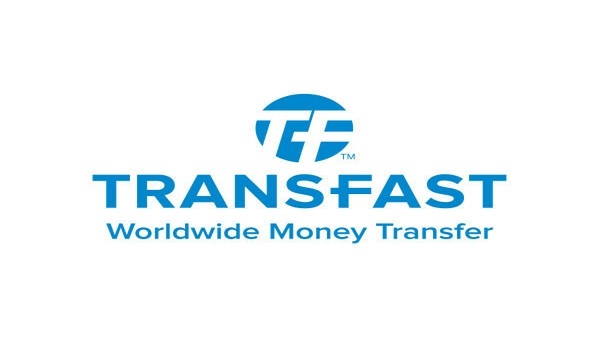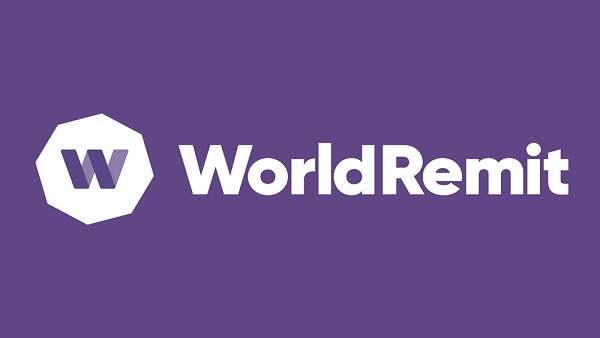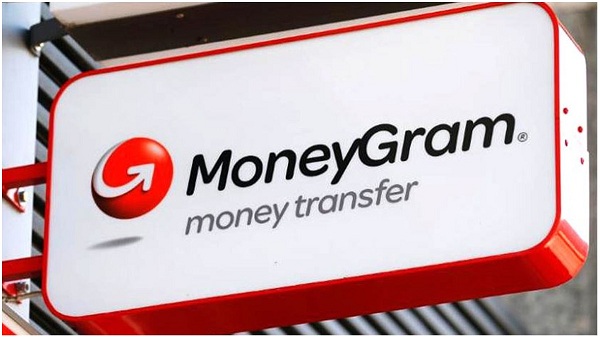Remitly
With over 140,000 agent locations worldwide, Remitly facilitates transfers from 17 countries to over 50 receiving countries.
Remitly is one of the most well-known names in the sector, with a reputation for low costs and a well-designed mobile app. It accepts a variety of payment methods, including bank transfers, cash pickup, and even home delivery. When you send $1,001 or more, there are no costs. When shipping from the United States to India, compare our non-promotional rates and costs.
Customer service is available 24 hours a day, 7 days a week, and there is a money-back guarantee.
Support transfer to NRE and NRO accounts.
Recipients can now pick up their money at 100,000+ cash pick-up locations, including Punjab National Bank, EbixCash, Weizmann Forex, Muthoot Fincorp, and others.
The amount of a markup above the mid-market rate will be determined by the currencies and amounts being sent. Remitly often charges a rate that is 1% to 2% higher than the mid-market rate.
STATE BANK OF INDIA, USA
USD to INR conversion rates that are both attractive and competitive
One of the FASTEST ways to send money to India, with transfers arriving in as little as a few hours! You can submit transfers in three ways: online, via the SBIC Mobile App, or at any SBIC branch. There are no fees on any amount transferred via the SBIC Mobile App or Online Remittance Service. Over $1000, you get a free transfer and a daily transfer limit of $10000.
State Bank of India operates branches in California, New York, and Chicago in the United States. Unlike SBI locations in India, the US branch offers a limited range of services. To use the remittance services, you must first open an account with the SBI USA office.
Western Union
Western Union is most recognized for its bank transfer, money order, bill payment, and gift card services, as the company invented money transfer. On their website, they feature a price estimator tool that allows users to determine money owed, transaction fees, and so on. The time it takes them to transfer money ranges from minutes to days. You can receive up to $2,500 USD (or its equivalent in INR) every transfer, as per government regulations.
All Indian nationals are eligible for a maximum cash payout of Rs 50,000; payouts in excess of Rs 50,000 will be made only via local crossed cheque.
Transfast
Transfast is a New York-based worldwide money transfer and cross-border payments corporation with operations in India (Kochi, Pune, Jalandhar, and Hoshiarpur), the United Arab Emirates, and the Philippines. Mastercard is the owner of Transfast. Consumers and businesses all over the world use the company’s multi-currency, cross-border payment services. The company’s entirely owned direct-to-bank network processes remittances, and it has 200,000 cash payout locations in 120 countries. Deposits are made instantly to major banks such as HDFC, Axis, Kotak Mahindra, and others. Highly competitive exchange rates and a FREE bank account transfer above $1000. You can use their Fasttrack service for an instant to 24hrs money transfers using a bank or debit card.
WorldRemit
WorldRemit offers money transfers in over 90 currencies to over 150 countries, with over two million people using their services last year.
They provide a variety of foreign money transfer options, including bank deposits, cash pickups, and mobile money. Most transactions are completed in minutes, with cheap costs and a transparent exchange rate. WorldRemit has an above-average rating of 4.4 out of 5 on Trustpilot, with over 4 million reviews from customers around the world.
There are over 150 nations in which we have a presence.
Transfer rates that are quick (90 percent transfers approved in minutes)
To keep your money safe, use a secure encryption system.
Payments can be made using a variety of methods, including debit/credit cards and bank transfers.
Cash pick-up, airtime top-up, and bank transfer are among the delivery alternatives available.
Although WorldRemit imposes a markup on exchange rates, these are still lower than those offered by banks. Normally, the provider does not charge more than a 1%-1.5 percent mark-up.
Transwise
You pay a tiny flat charge plus a fixed percentage of the transfer amount (the total cost is always visible upfront). Some payment options charge an additional cost, but it’s usually insignificant. You will always receive the true mid-market exchange rate, with no markup. Allowing you to save a lot of money. There’s no room on Wise for deceptive bank surcharges or creepy hidden fees.
They do, however, charge fees for transfers, which vary depending on how quickly you need the money, how much you’re sending, and which currencies you’re using. These are usually expressed as a percentage of the amount being transferred, and are normally in the range of 0.5 percent.
Moneygram
MoneyGram has around 350,000 agent locations around the world, making it easy to receive money. Quick and simple. Money can be sent directly to your bank account at over 400 different banks across the world. Transfer money immediately to your bank account in India from other countries, or save your loved ones time by sending money directly to their bank accounts.






















